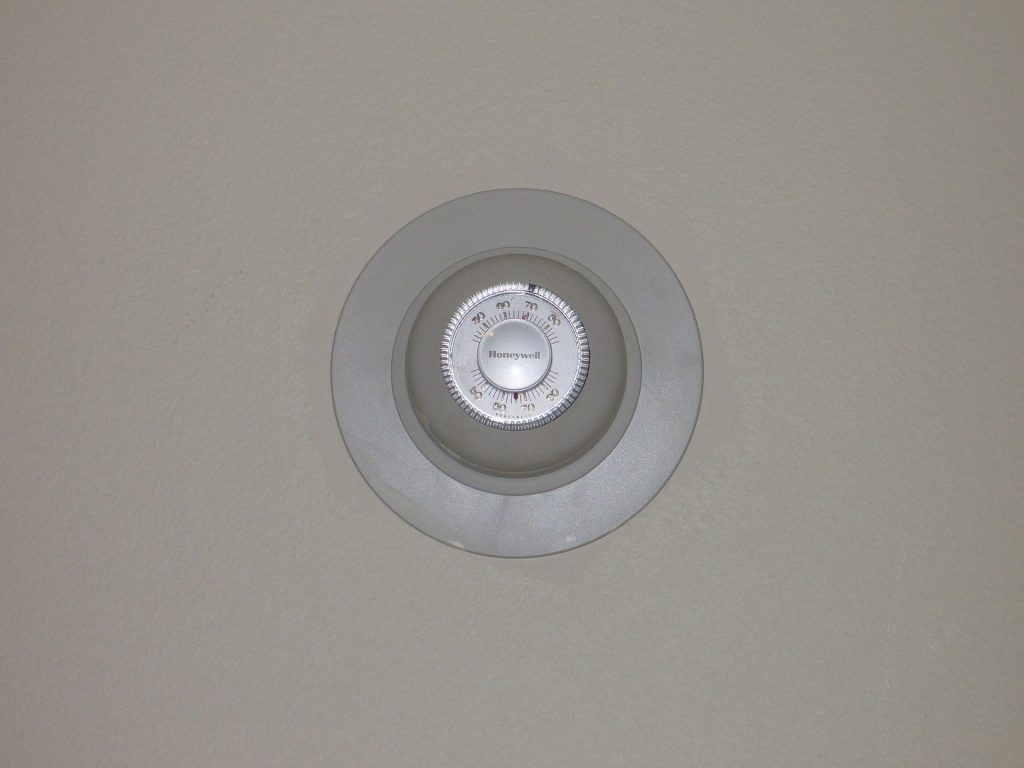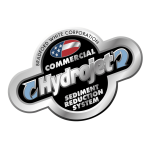Choosing the right furnace is about more than finding the best deal. In this post, we’ll show you how to choose a furnace for your home and identify some commonly-overlooked factors that can make finding the right unit so much easier.
How to Choose a Furnace for Your Home: 8 Key Tips
These are in no particular order.
#1. Consider the Fuel Source Carefully
Residential furnaces are most commonly powered by gas, propane, electricity, or solar energy. It’s imperative that you choose the right fuel source for your needs as it will play a major role in determining your installation and monthly costs.
Gas furnaces are typically the cheapest to operate in the long run but may be less attractive if your home doesn’t already have the necessary connections. A professional will need to install ductwork and connect you to the local gas supply, which is a lengthy process.
Homeowners who want the warmth of a gas furnace without the high costs associated with running natural gas lines often opt for propane tank-fueled units.
Electric furnaces, meanwhile, are cheaper to install but more costly to maintain over the long haul. They also aren’t as cost-effective as natural gas furnaces given the higher costs of electricity.
Lastly, solar-powered furnaces are the go-to option for those seeking an environmentally-friendly heating solution. They’re also easy on your wallet thanks to being powered by a renewable energy source.
As you can see, each type of furnace has its pros and cons that you need to weigh carefully with the help of an HVAC technician. These aren’t cheap systems you want to be replacing on a regular basis; make the right decision from the get-go and your life will be much easier.
#2. Budget for Regular Maintenance
While high-quality furnaces can last between 15 and 20 years, they do require maintenance roughly every two years. If you don’t intentionally budget for this maintenance, you may find yourself skipping it altogether, which can necessitate even costlier repairs down the line.
Avoid this by looking into the typical cost of maintenance for any furnace you’re considering. If the cost seems too unreasonable, you can do one of two things.
First, you can choose a more reliable furnace. Even if it means spending a bit of extra cash, many homeowners find it preferable to do that upfront rather than being caught off guard by high maintenance costs later on.
If that’s not an option, you can consider purchasing a comparable yet cheaper unit and putting the savings towards maintenance.
#3. Choose Your Installer Wisely
Getting the most bang for your buck from a furnace is as much about who does the installation as it is about which furnace you buy. Even the best unit won’t run optimally if your technician did a shoddy job installing it.
In fact, improper installation may even get your furnace red-tagged by the natural gas company, which will leave you without a furnace.
That’s why no guide on how to choose a furnace for your home is complete without also mentioning the importance of choosing a licensed and qualified technician.
You may actually find it useful to select the installer first and then work with them to identify the correct furnace for your needs.
#4. Choose the Furnace Size Carefully
Knowing how to choose the right size furnace is an absolutely essential part of the process. An undersized unit will struggle to keep up with your heating demands and throw your home’s humidity levels out of balance.
Meanwhile, an oversized furnace will short-cycle, which wastes electricity and may leave your home feeling uncomfortably hot.
Thankfully, choosing the right furnace size isn’t rocket science. Below is a quick walkthrough.
How to Choose the Right Size Furnace
- Calculate your home’s square footage. If you have access to architectural plans, this will be easy. Otherwise, you’ll need to measure each area manually and add it all together.
- If your room is rectangular, simply measure the length and width, then multiply the two.
- If your room is circular, measure from its center to the edge to find the radius. Then, multiply that number by pi (3.14) and square it.
- The area of a triangular room can be found by multiplying its length and width then dividing the result by two.
- Lastly, to measure an irregularly-shaped room, you’ll need to divide it into smaller triangles, circles, or rectangles and find the area of those shapes first.
- Determine your climate zone. There are five major climate zones in the United States. The one in which you live will play a major role in determining your ideal furnace size. Missoula residents, you live in Climate Zone 5, which is characterized by cold winters featuring extensive snowfall and frost.
- Multiply your home’s square footage by the appropriate number of British Thermal Units (BTUs) for your climate zone. In Missoula, experts recommend between 50 and 60 BTUs per square foot of your home. Choose between these numbers based on whether your home has good insulation; if yes, you can go with the lower option. Otherwise, stick with the higher amount of BTUs per square foot.
The number you get from this equation will directly correspond to the appropriate capacity (aka size) furnace for your home.
Keep in mind that there are additional factors that can necessitate further tweaking of this number. If your home is irregularly-constructed, featuring an odd shape or abnormally high roof, contact a professional for the most accurate determination of the right furnace size for you.
#5. Choose the Highest Efficiency Furnace You Can Afford
While a higher-efficiency furnace may cost more upfront, you might be surprised at how much you save in the long run. A more efficient furnace may pay for itself within a few short years.
Additionally, efficient furnaces are – of course – better for the environment, which is a huge plus for many people.
#6. Look for Furnaces That Come with Rebates and Incentives
Another advantage of buying a high-efficiency furnace is that it may come with government rebates that negate at least some of the added costs. This is especially true of solar-powered furnaces, which are often applicable for rebates and tax credits (see Montana’s incentives for environmentally-friendly residential equipment here).
Keep in mind that you can still find a very reliable, reasonably-priced furnace that doesn’t come with any major incentives. Still, it’s worth looking into incentivized units if you’re already leaning toward a solar-powered furnace anyway.
#7. Don’t Be Afraid to Get Multiple Quotes
Choosing the right furnace isn’t necessarily something you do in a day. Unless you’re an HVAC professional, it might take several days of asking various local companies for quotes.
Don’t just go with the lowest one by default, either. Ask yourself whether the company seems to be acting with integrity towards you. Chances are you’ll be dealing with them for a while – especially if they’re selling a brand of furnace few other companies in your area service.
You’ll save yourself a huge headache later on by choosing a reputable company that’s pleasant to deal with, even if their quote is a little higher than everyone else’s.
#8. Evaluate Financing Options Closely
It’s not uncommon for homeowners to finance a furnace. After all, these units can cost several thousands of dollars and most people don’t have that money lying around!
If you do need to finance your furnace, the lending terms can be every bit as impactful on your bottom line as the unit itself.
Make sure you look at your credit report before signing anything. If your score is on the higher side (670 and above) but a lender is still offering a very high-interest rate, something’s amiss.
If you’re really sold on the unit and that particular installer, consider applying for a personal line of credit from your bank, which may carry a lower interest rate. Once you have that outside loan, you’re essentially a cash buyer to the HVAC seller, which may come with its own benefits.
Bonus: How to Choose a Furnace Filter
Knowing how to choose a furnace filter is another essential step in your purchasing process. Here are some quick tips in that regard.
Look Carefully at MERV Ratings
Each air filter comes with what’s known as a minimum efficiency reporting value (MERV) rating. The higher the number, the more efficient the filter. Any filter with a MERV rating above 9 is considered to be highly efficient and effective at controlling against the spread of particulate matter.
Reusable Isn’t Always Better
Reusable filters are only as good as your commitment to cleaning them. Many people get lazy in this regard and think “reusable” means “I never need to look at this filter again,” which certainly isn’t the case.
If a disposable filter will encourage you to be more habitual about maintaining your unit, that may be the way to go.
Choose the Exact Size
Furnace filters come in standard sizes. Finding the right fit is even easier than sizing a furnace; just see what size filter the manufacturer recommends and go with that.
If you lost the manual, simply see what filter is currently inside the furnace and get the same kind and size.
Conclusion
You won’t regret taking the time to choose the right furnace for your home. We hope this post has been helpful in that regard!
If you live in Missoula and still aren’t certain about which furnace is right for you, contact us at Plumb-Tech. Over the past 15 years, we’ve helped thousands of Missoula-area residents select, install, and maintain the right furnace.





